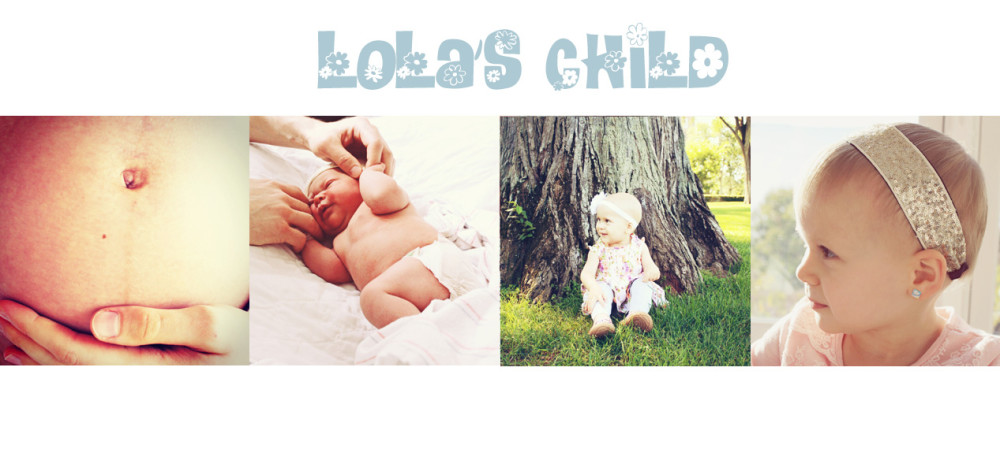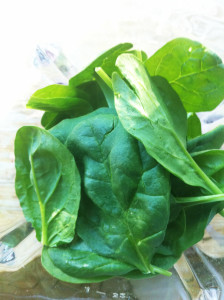Like most parents, I wanted to give my child the best nutritional start possible when she began eating solid foods. I committed myself to making all of her baby food from scratch with organic ingredients. I mostly used a baby food machine to do so, which perfectly steamed, blended and heated/defrosted her meals.
When it came to the foods I was preparing, I followed the recommendations for which “safe” foods to introduce at each stage. But somehow, what I discovered about spinach I found by accident and had never read (or heard) anywhere else. I had been making spinach puree, which my baby loved, and wanted to find some good recipes for mixing it with other fruits and vegetables. That is when I stumbled upon the dangers of feeing spinach to babies (or anyone, really).
First, it is important not to introduce spinach to an infant younger than eight to ten months of age (some sources say six to seven months, but others say it’s safest to wait a bit longer). Spinach is an oxalate and a nitrate food (follow the links for more information). Diets high in oxalates should be avoided even though the foods they are found in are often nutritional powerhouses. As far as nitrates, babies don’t develop the stomach acid necessary to deal with them until about six months- with babies three months and younger being at the highest risk for nitrate poisoning.
I thought I was doing something good by preparing all my baby foods at home, but because of the above concerns it turns out that, in some instances (such as spinach), commercially made baby food is actually safer.
If you do choose to prepare spinach at home, here’s what you need to know: it’s important to store and prepare it properly in order to ensure it is safe for your child. Nitrate levels can rise in the leaves if improperly stored in your refrigerator. Make sure to put it in the crisper and do not let it get moist or wet. Even when properly stored, you need to check the leaves before cooking. You know those icky leaves you sometimes notice mixed in with your good spinach? The leaves that are wilted, wet looking or have water droplets collecting on them? Those are actually dangerous and should not be eaten. Make sure to remove them before cooking the rest of the “good leaves.”
It’s also important when making spinach for your baby that you do NOT use the water used to steam the leaves to make the puree. With many fruits and vegetables you actually want to use that water so as not to lose vital nutrients, but with spinach you should add fresh water to the steamed leaves to make the puree.
So, there you have it. I had no idea this super nutritious green had so many secrets! Did you?



